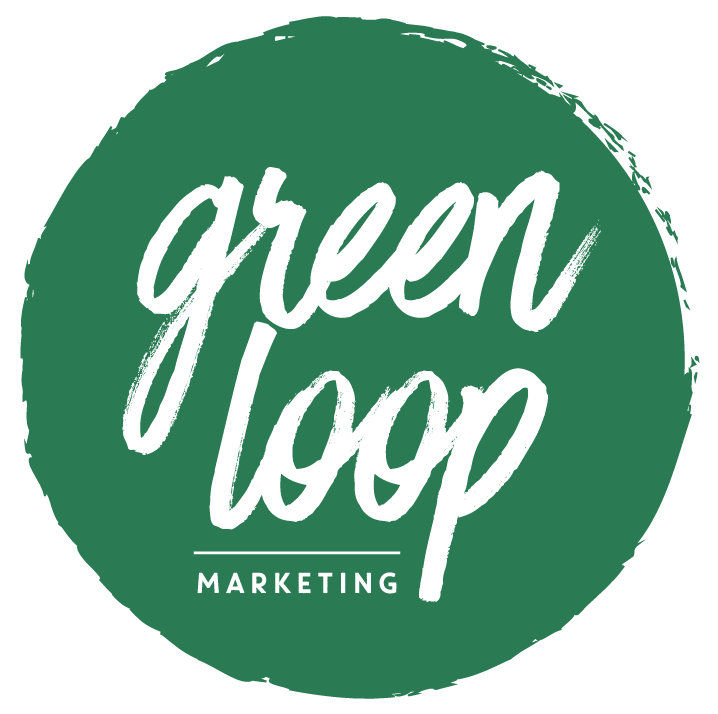How to Spot AI-Generated Images (And Why It Matters for Marketers)
As AI-generated visuals continue to flood our feeds, marketers and creators are faced with a new challenge: knowing what’s real, what’s fake, and what it means for brand trust.
AI image generation tools like DALL·E, Midjourney, and Adobe Firefly are advancing at an incredible pace. What started as surreal or obviously digital has quickly evolved into hyper-realistic visuals. Images can be so polished and perfect that many people don’t stop to question if they were created by a human or an algorithm.
But here’s the problem: when audiences can’t tell the difference, and brands don’t disclose the use of AI-generated content, trust starts to erode.
How to Spot an AI-Generated Image
While AI tools are getting better, there are still subtle (and sometimes not-so-subtle) clues that give these images away. Here are some of the most common signs
1. Hands and Fingers
Hands are notoriously difficult for AI to generate accurately. You’ll often see too many fingers, distorted proportions, or hands that melt into objects unnaturally.
2. Eyes and Facial Symmetry
AI often creates faces that are too perfect. That means both eyes are perfectly aligned, skin that looks airbrushed, or facial expressions that feel stiff and uncanny.
3. Background Details
Look closely at signs, labels, and logos in the background. AI tends to mangle text or generate letters that look close to real but don’t form readable words.
4. Lighting and Shadows
AI sometimes forgets the rules of physics. You might see inconsistent lighting, missing shadows, or objects casting shadows in multiple directions.
5. Objects and Clothing
Look out for mismatched earrings, clothing patterns that suddenly cut off, or accessories that blend into skin. AI tends to struggle with the finer details of everyday items
Tools to Detect AI Images
If you’re unsure whether an image is real or generated, here are a few steps to take:
Do a reverse image search using Google or TinEye to check if the image appears somewhere else online.
Use AI detection tools like AI or Not or Hive AI’s image detector to analyze whether the image was likely generated by artificial intelligence.
Trust your instincts! If something about the image feels off, even slightly, it’s worth a second look.
Why This Matters for Brands and Creators
Visual content is central to modern marketing. It’s how we capture attention, tell stories, and build trust. When brands use AI-generated images without disclosing them, or don’t even realize they’re doing it, it can raise ethical concerns and confuse audiences.
Authenticity builds loyalty. Gen Z and millennial consumers are especially sensitive to brand authenticity, and when content feels fake or overly polished, it can damage trust.
AI-generated content can misrepresent reality. Whether it’s issues of diversity, representation, or product accuracy, AI may unintentionally reinforce biases or create visuals that don’t reflect real experiences.
Transparency goes a long way. When a brand openly shares that it used AI in its content creation process, it builds trust rather than losing it. Being honest about how content is made can actually strengthen audience connection.
In a World of Pixels, Be Human
AI image generation is here to stay, and it’s not all bad. In fact, it can be an amazing tool for creativity, experimentation, and accessibility. But as we embrace new technologies, we can’t lose sight of what makes visuals powerful in the first place: honesty, emotion, and intention.
Marketers don’t need to fear AI, but we do need to understand it. Knowing how to spot AI-generated images is part of becoming a more ethical, responsible, and trustworthy brand storyteller.
Emma Hendrix
MARKETING INTERN


